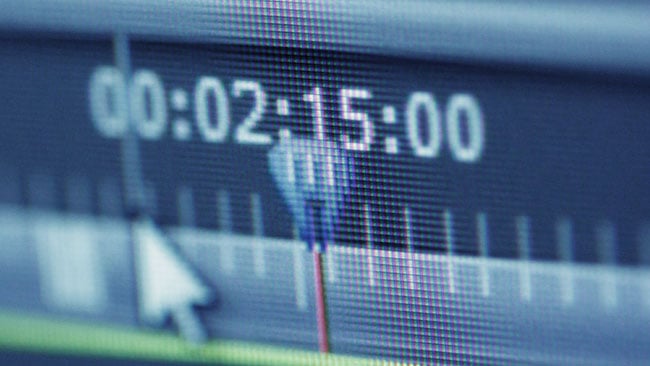
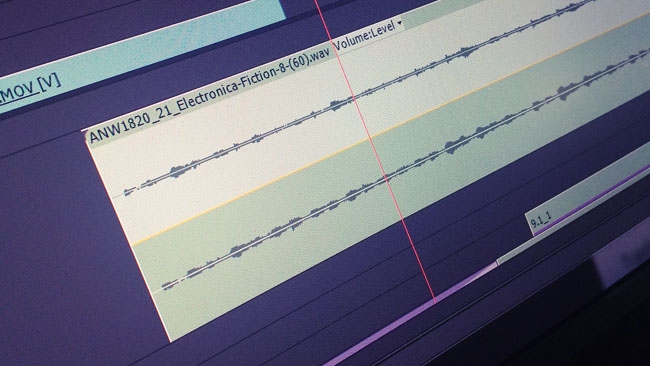 An Audio Network track on the timeline in Premiere.
An Audio Network track on the timeline in Premiere.
How do you create a music library that filmmakers genuinely want to use time and time again? Phil Rhodes has some suggestions…
The improvement in quality of library music since the turn of the millennium has been truly meteoric. Previously limited to slightly embarrassing synthesiser greats and lift music, this boost in quality has coincided neatly with the ability to preview, buy and then obtain production-quality sound online. This ability is now near-universal and it's so popular that several notable suppliers have sprung up, providing producers and editors with a huge range of choice in terms of musical style, orchestration and price.
Great though all this is, there are a few things which could make the situation even better. This piece is largely from the perspective of the video editors who must use library music, but it's aimed at the people who create and sell it, to whom it will, with luck, make sense.
So, in no particular order:
1) Encourage composers to write various moods and tempos for each of their themes.
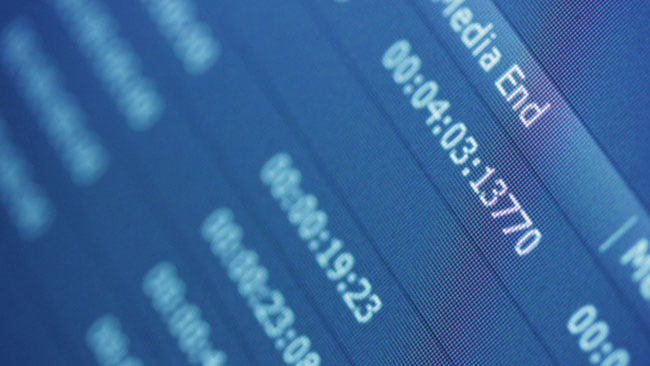 A clip bin full of tracks all called Preview doesn't help.
A clip bin full of tracks all called Preview doesn't help.
This is a request mainly on behalf of people who are trying to put together a score for a dramatic piece from library music, but will find use in a variety of circumstances. Many music libraries provide various combinations of the tracks and instrumentation used to produce a piece of music. Audio Network is particularly good at this, providing breakdowns which allow appropriate lulls in complexity and energy to be edited together which can create something that sounds as if it was written specifically for the circumstances, which is always the idea.
Sometimes tracks are remixed; consider Audio Networks' track Dirty Planet, credited to Bob Bradley, which is a remix of Balance of Power by Paul Mottram. The former adds synthesised elements which make the track more suitable for a modernistic or sci-fi production. Both provide broken down parts of the arrangement, but tempo and mood remains largely unchanged. There's the normal degree of very welcome textural variation, but there's also a limited range in the emotion the music provokes and that's not always easy to work around simply by dropping various instruments out of the mix.
Compare what's done with movie themes: often a character or situation will have a specific theme and that theme may be played quickly and stridently in triumphal situations, then slowly, quietly and in different instrumentation during an emotional scene. Perhaps a completely different theme is used, but with specific quotations or references to other parts of the score, making it clear that each passage of music is part of a unified whole.
Music libraries rarely seem to provide this or, at least, if they do they don't generally advertise the fact by linking an upbeat version of a track to a more mellow version. It wouldn't imply much of a different production effort, as both versions of a track would be entirely usable independently for people looking for just one mood, but greatly complimentary as a pair.
2) Ensure the previews precisely match the downloadable files (and make the previews identifiable).
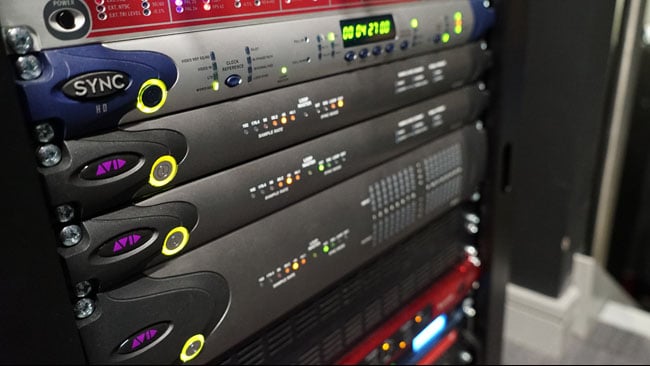 Sound for picture at the high end - mixing Dolby Atmos.
Sound for picture at the high end - mixing Dolby Atmos.
This is a big one. Often, the process of auditioning a piece of music for suitability involves making some quite complex edits in order to demonstrate that it can be made to suit an established dialogue cut. This can quite happily be done with the mp3 preview file, complete with anti-piracy bugs every few seconds. What's important is that the production-quality files are absolutely phase-accurate with the previews, because the feasibility of certain edits can absolutely be that critical. Yes, this will involve accurately characterising the phase delay of the mp3 encoder used to create the previews, but it's not impossible. Some libraries, generally those aimed at higher-end productions, will allow trusted users to download the full quality material for audition, but it's quite understandable that not everyone wants to do that.
Where compressed, piracy-protected previews must be used, there should be one preview per downloadable final file. Some sites only allow composers to upload one preview file per published piece of music, even if the purchasable item includes several breakdowns and runtimes (as it quite properly should). This can result in the composer, eager to show off all of his-or-her hard work, cramming every track into the preview. Having built a complex edit using parts of all the tracks included in the preview, the unfortunate editor is faced with a desperate search through the full-quality downloads for the crucial parts of the track and, quite possibly, a manual rebuild of a complex edit.
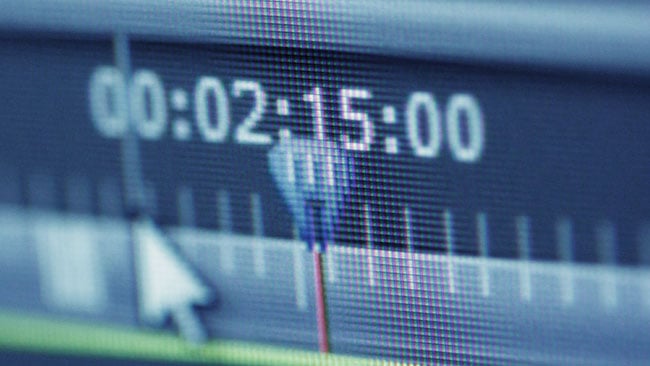 Nobody should have to manually re-edit audio becuase the previews don't match the finals.
Nobody should have to manually re-edit audio becuase the previews don't match the finals.
It can get to the point where the simplest solution is to drop the preview MP3 on a fresh timeline, figure out where each chunk of final audio is within it, manually line up the uncompressed download (zoom all the way in, folks, and eyeball that waveform), then re-export the whole lot before doing a file-replace on the preview. Libraries, please don't make editors do this.
Also, don't make all of the downloads 'preview.mp3'. Put the name of the track and any identifying code in the filename!
3) Include licensing fees – all of them.
Many sites list things as 'royalty free', which really aren't. We're not here to discuss the rules which allow musicians and composers a much, much better deal than people such as motion picture directors of photography, although there's probably much to be said on the subject. The problem is how the music industry has clung to a licensing model which really suits only the traditional media. It's one thing to ask people to register the use of a track with an organisation designed to collect royalties. It's quite another for that registration process to involve multiple-choice questions to which none of the answers really describe the sorts of productions that are now common. Often, the music library and the collection organisation point at each other when asked to explain the best approach. This is a problem to the extent that it can simply be impossible to use music that's licensed in certain ways on certain productions.
It's worth reinforcing: the objection is not to the fees. The objection is to the labyrinthine complexity of the rules and the fact that many productions will find the rules simply don't work in the situations that actually arise. Whole libraries of music are effectively made instantly off-limits to certain kinds of shows.
This cannot possibly be good for anyone. On the upside, there are several libraries which require tracks submitted to them by composers not to be registered with organisations such as PRS and ASCAP, so that a straightforward one-time fee can be paid. It's OK for that fee to be higher than it would otherwise be. Even beyond that, there's no real problem with a model which includes payments based on the number of views something receives, so long as the rules surrounding that are straightforwardly stated and couched in terms which are actually appropriate to the sort of productions this material actually gets used on, where the viewer count on a YouTube video may go from ten to ten million in a day. Content producers cannot risk suddenly being slapped with an unpayable invoice that's vastly in excess of the profitability of the production as the penalty for that sort of success, nor is it reasonable for short filmmakers to pay several dozen times more for music used in a trailer (because it's advertising) than for the full production (because it's art).
Do all of those things, particularly the last, and a lot of time and effort will be saved.
Tags: Audio


Comments